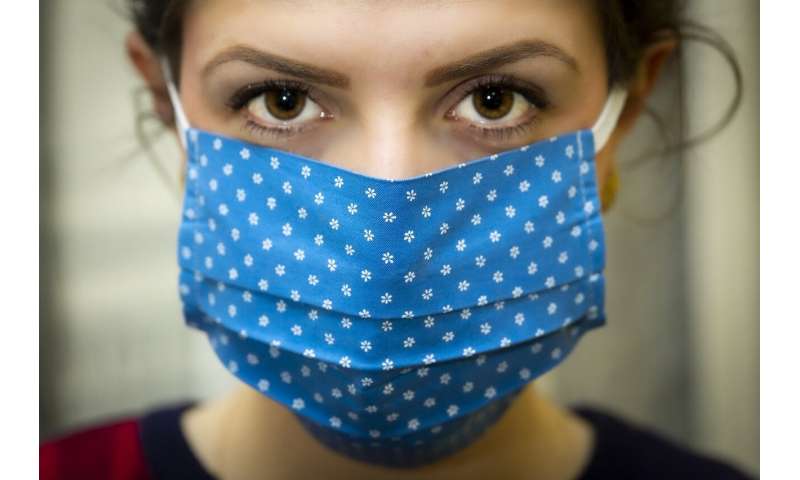Range of COVID-19 skin signs linked to disease severity

Skin signs of COVID-19 can range from purple toes, known as “COVID toes” seen in patients with mild infections, to a net-like rash signaling the presence of life-threatening blood clots in patients with severe disease. Certain skin changes may also be the only sign of COVID-19 infection, or may accompany or follow other COVID-19 symptoms, an analysis of data from 716 patients in 31 countries shows.
Researchers at Massachusetts General Hospital (MGH) and Harvard Medical School (HMS), in collaboration with the American Academy of Dermatology and International League of Dermatologic Societies have created an international registry for describing and cataloging the broad spectrum of dermatologic manifestations associated with coronavirus infections.
The researchers report findings from the registry and their potential clinical and research implications in a study published online ahead of print in the Journal of the American Academy of Dermatology.
Information from the registry can give infectious disease researchers a better picture of the COVID-19 disease process and course, and may offer clues as to whether patients with specific skin signs should to be tested for active infection so that they can be isolated and treated, or receive antibody testing to confirm or rule out a prior COVID-19 infection, says lead researcher Esther E. Freeman, MD, Ph.D., investigator the Department of Dermatology at MGH and HMS.
“This registry represents a large spectrum of different dermatologic manifestations with COVID-19. We’re not seeing that COVID-19 causes one particular rash, but rather that it’s causing a variety of rashes,” she says.
The MGH and HMS team collected information on 716 cases of new-onset dermatologic symptoms in patients with suspected COVID-19 infections, including 171 patients with infections confirmed with laboratory testing.
They found that among all lab-confirmed patients, the most common skin sign was a measles-like (morbiliform) rash in 22% of patients that was generally seen in patients with moderate infections, followed by so-called “COVID toes” (pernio-like reaction) consisting of red or purple itchy or tender bumps on the toes, heels or fingers, typically seen when skin is exposed to cold air or surfaces. This reaction was seen in 18% of patients in the registry, and was generally associated with mild infections.
In contrast, retiform purpura, the aforementioned net-like rash usually caused by blood clots in small vessels, occurred in 6% of patients, all of whom were hospitalized and critically ill.
Source: Read Full Article


